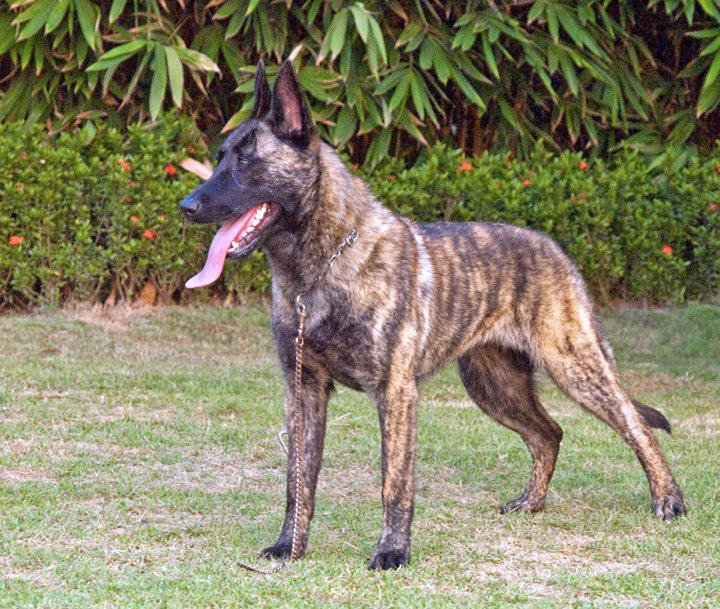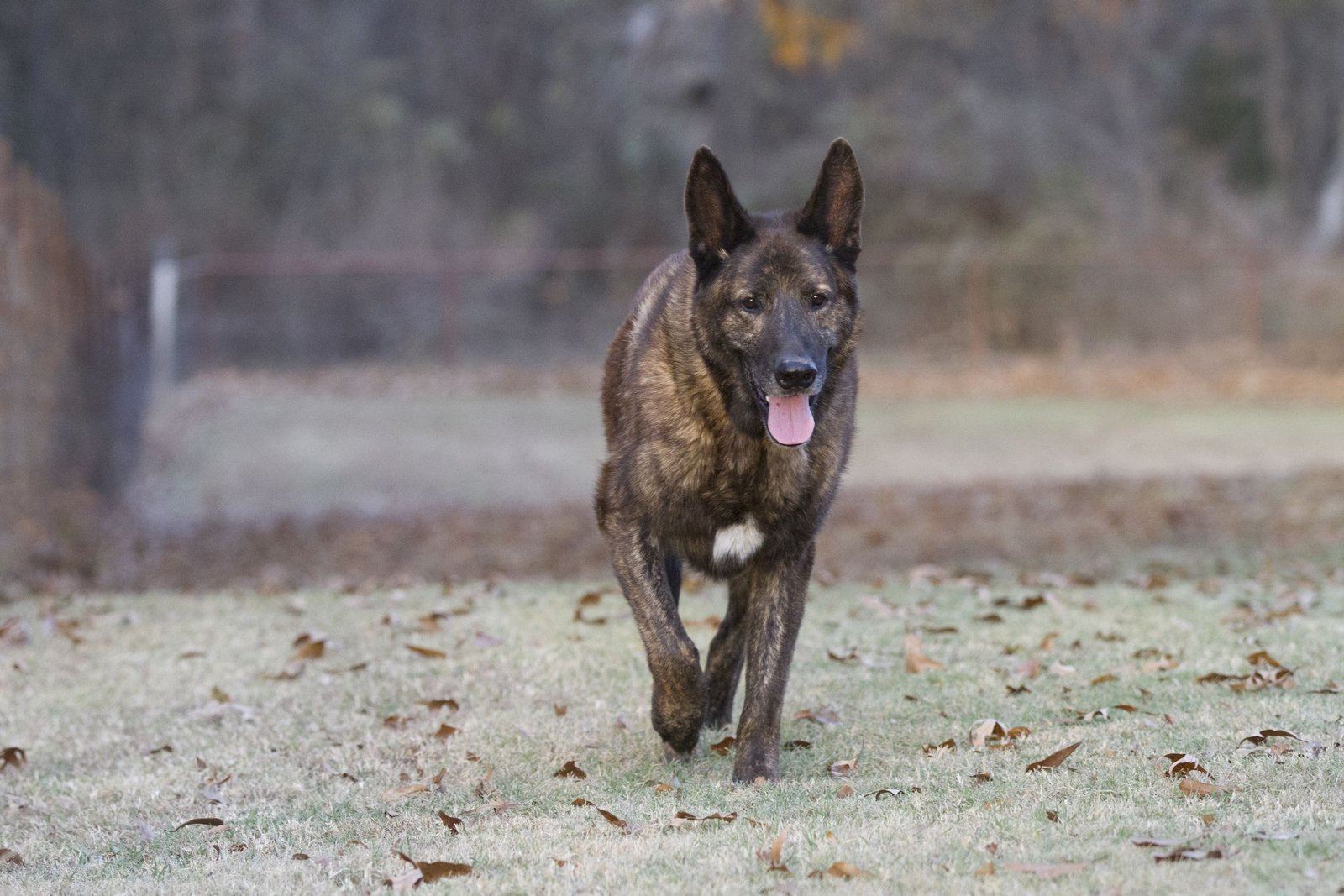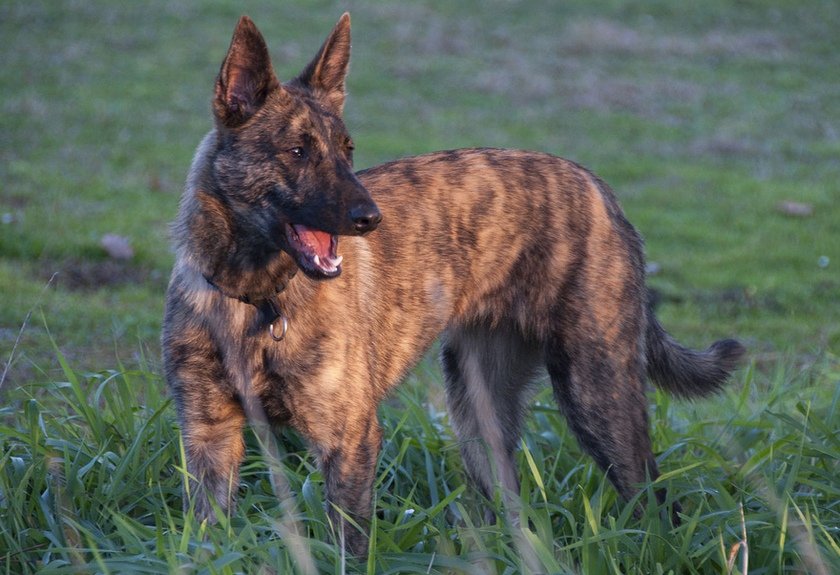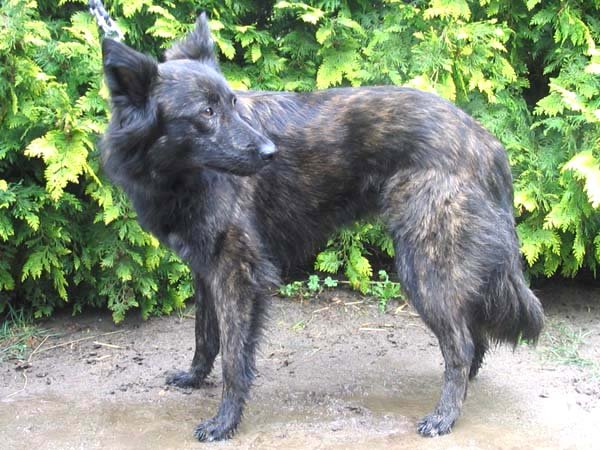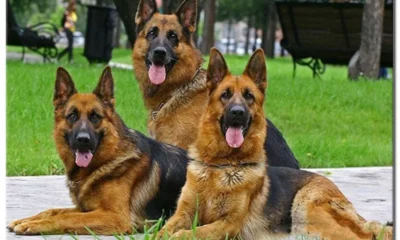Working Breeds
Brindle German Shepherd: Latest

Brindle German Shepherd:
Genetic Tables of the Breed

| Gene Name | Locus | Alleles Involved | Role in Brindle Coat | Notes |
|---|---|---|---|---|
| Agouti (A) | A Locus | ay, aw, at, a | Controls base coat color | Brindle influenced by aw allele. |
| K Locus | K Locus | Kbr, K, ky | Brindle striping pattern | Kbr allows brindle expression. |
| MC1R (E) | E Locus | E, e | Pigment intensity | e can suppress brindle pattern. |
| KITLG | Modifier Gene | Various | Influences striping intensity | Found in brindle research. |
| TYRP1 | B Locus | B, b | Black/brown pigment | No direct effect on brindle but affects color contrast. |
Weight and Height Tables

| Age (Months) | Weight Range (lbs) | Height Range (cm) |
| 3 | 15-25 | 25-35 |
| 6 | 40-55 | 45-55 |
| 12 | 65-90 | 55-65 |
| Adult (18+) | 75-95 (Male), 65-85 (Female) | 60-65 (Male), 55-60 (Female) |
Biologically Life Span Description Table

| Factor | Description |
| Average Lifespan | 10-13 years |
| Influencing Factors | Genetics, diet, exercise, and healthcare practices |
| Common Health Issues | Hip dysplasia, degenerative myelopathy, CDA |
| Longevity Practices | Regular vet check-ups, balanced diet, exercise |
Detailed Statistics of the Breed

| Attribute | Description |
| Origin | Germany |
| Coat Type | Double coat, brindle pattern |
| Temperament | Loyal, intelligent, protective |
| Trainability | High; excels in obedience and specialized tasks |
| Popularity | Growing, especially among brindle enthusiasts |
| Maintenance Level | Moderate (requires regular grooming) |
Recommended Books
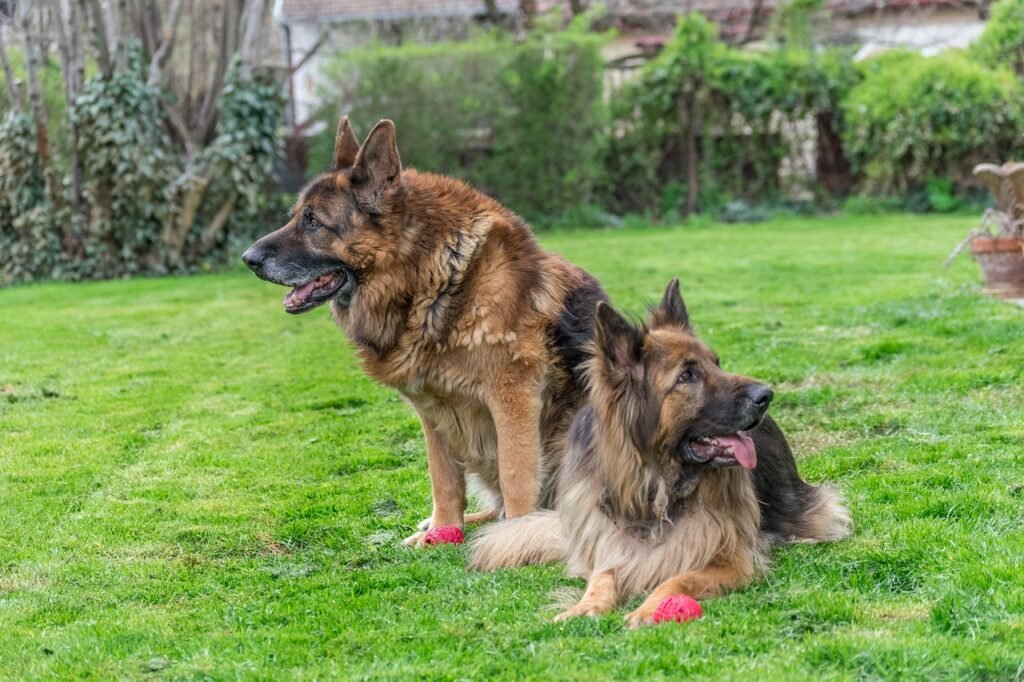
- German Shepherds for Dummies by D. Caroline Coile.
- The Art of Raising a Puppy by Monks of New Skete.
- Genetics of Dog Breeds by Susan B. Martinez.
- The German Shepherd Handbook by Linda Whitwam.
- Dog Color Genetics: A Comprehensive Guide by Heather Binns.
Detailed FAQs

1. What is the origin of the brindle German Shepherd?
Brindle German Shepherds share the same origins as the breed itself, which was developed in Germany in the late 19th century. The brindle pattern emerged as a rare genetic variation.
2. Is the brindle coat recognized by major kennel clubs?
Yes, brindle is recognized by several organizations, though it may not always be listed as a standard coat color.
3. Are brindle German Shepherds prone to specific health issues?
No, they share the same general health profile as other German Shepherds, though genetic screening is essential.
4. What is the best diet for a brindle German Shepherd?
A balanced diet with high-quality protein, omega-3 fatty acids, and essential vitamins is recommended.
5. Do brindle German Shepherds require special training?
No, they are trainable like any other German Shepherd but benefit from early socialization and consistent training.
Detailed Latest Research Summary

Recent studies have focused on:Brindle German Shepherd: Genetics, Care, and Latest Research
-
Genetics:
GWAS identified KITLG as a major gene influencing brindle patterns (Müller et al., 2022).
- Health Profiles:
No significant health disparities between brindle and non-brindle German Shepherds (Schneider et al., 2023).
-
Behavioral Correlations:
Preliminary findings show no behavioral differences linked to coat color (Garcia et al.,
2023).
- Breeding Ethics:
Emphasis on avoiding inbreeding and maintaining genetic diversity.

Working Breeds
Raising a Confident German Shepherd: Socialization, Environment, and Mental Wellness
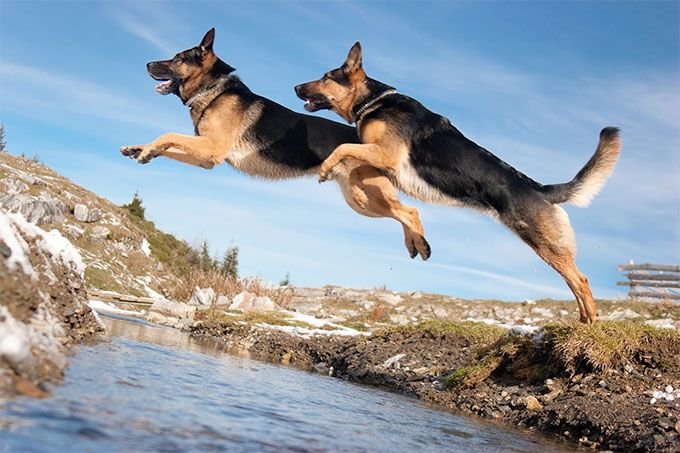
German Shepherd (Series – Article – 3) on DogsReader

📌 Introduction
Raising a Confident German Shepherd: As part of our German Shepherd Series, this third article dives into one of the most critical foundations of raising a healthy, happy, and loyal German Shepherd — building confidence through socialization, environmental stability, and mental wellness. Whether you’re a first-time owner or an experienced handler, this guide will help you raise a German Shepherd that is not just obedient, but self-assured, well-adjusted, and emotionally balanced.
🧠 Why Confidence Matters in a German Shepherd

German Shepherds are highly intelligent, intuitive, and loyal—but without proper confidence, they can become reactive, anxious, or overly territorial. A confident GSD is:
-
Calm in unfamiliar situations
-
Friendly with children and other animals
-
Less prone to aggression or reactivity
-
Easier to train and more focused
-
Happier in their everyday life
🐶 Socialization Timeline: Age-by-Age Breakdown

| Age Range | Socialization Goals |
|---|---|
| 3–8 Weeks | Exposure to gentle touch, sounds, and scents; bonding with littermates |
| 8–12 Weeks | Meeting different people (children, elderly), other vaccinated dogs, new textures |
| 3–6 Months | Visiting parks, streets, car rides, obedience classes |
| 6–12 Months | Controlled exposure to busy areas, structured play with unfamiliar dogs |
| 1 Year+ | Continued confidence-building in varied real-world scenarios |
✅ Pro Tip: Always pair new experiences with positive reinforcement (treats, praise).
🌍 Environment: Set the Right Tone at Home
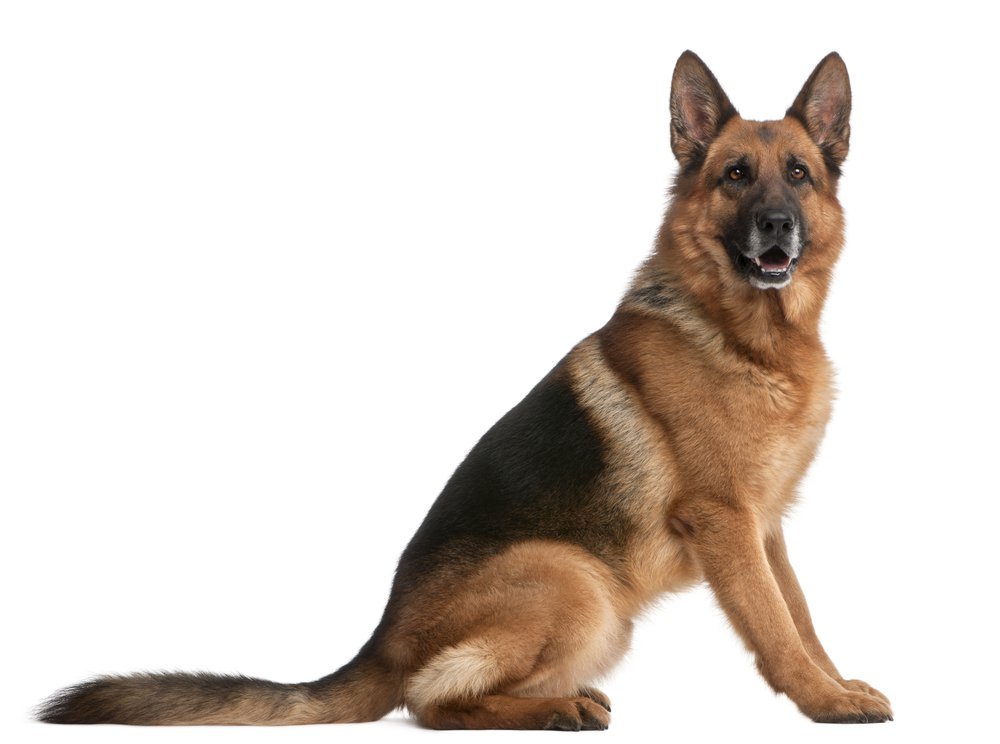
Your dog’s surroundings deeply influence their behavior. Here’s how to optimize their environment:
🏡 At Home
-
Provide a safe, quiet zone (crate or corner)
-
Use consistent commands and daily structure
-
Avoid loud chaos—too much stress can damage progress
🛣️ Outside
-
Practice controlled leash walks in different environments
-
Introduce calm exposure to bicycles, cars, and strangers
-
Let your GSD observe, sniff, and learn without forced interaction
🎯 Confidence-Building Exercises

These hands-on activities will directly improve your dog’s self-esteem:
-
Stair Confidence Training
Use treats to guide your GSD up/down new staircases
-
Obstacle Navigation (DIY Agility)
Chairs, tunnels, or cones in your backyard build trust and fun
-
The “Touch” Game
Teach your dog to “touch” your hand on command for confidence and bonding
-
Supervised Interactions
Controlled playdates with stable dogs = best social growth
💬 Managing Fear or Shyness

If your German Shepherd is fearful or shy:
-
Never force interaction — this backfires
-
Stay calm yourself; they read your energy
-
Start small (a calm walk around the block is enough)
-
Consider help from a professional trainer specializing in GSDs
🧩 Mental Wellness & Brain Enrichment

A bored GSD can become destructive or anxious. Keep them mentally satisfied with:
-
Puzzle toys
-
Scent-tracking games
-
Hide-and-seek (using favorite toys or treats)
-
Daily obedience refreshers (sit, stay, heel in new environments)
-
Rotate toys weekly to keep novelty alive
🧘 Daily Mental Balance Checklist
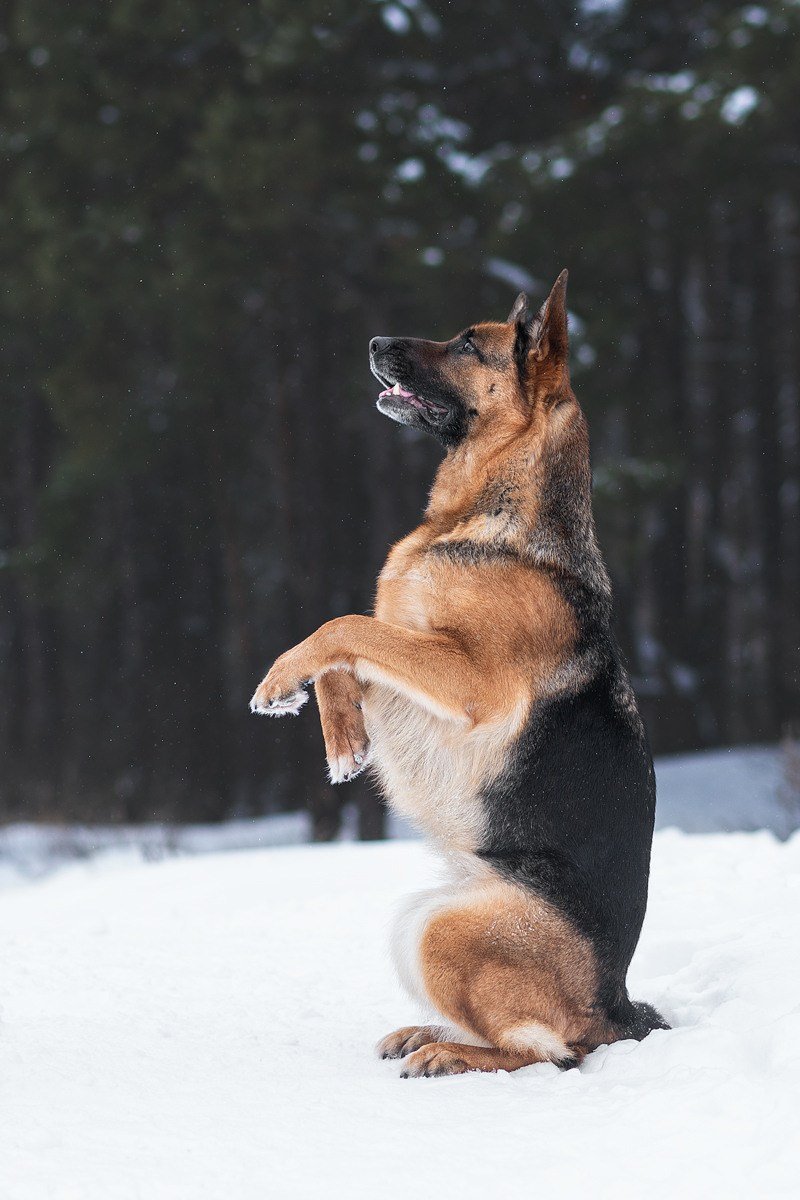
| Task | Goal |
|---|---|
| 30 min social walk | Confidence & exposure |
| 10 min training session | Mental focus |
| 1 interactive toy per day | Prevent boredom |
| Relaxation time with owner | Emotional bonding |
| Praise after good behavior | Builds trust and self-worth |
❤️ Closing Statement

Raising a confident German Shepherd isn’t about overexposing or overtraining — it’s about smart, loving, and structured support throughout their life. You don’t need fancy tools or perfect timing—just consistency, patience, and knowledge.
🐾 Part of the German Shepherd Series

This article is #3 in our exclusive German Shepherd Series on DogsReader. Stay tuned as we continue uncovering everything you need to know about this extraordinary breed—from training to health, nutrition to companionship.
📩 Subscribe, share, and follow DogsReader for the next chapter!
Subscribe to us on YouTube | Facebook | Instagram | www.dogsreader.com
❓ Frequently Asked Questions (FAQs)

1. When should I start socializing my German Shepherd puppy?
Answer:
Socialization should begin as early as 3 weeks old while still with the breeder, and continue intensively from 8 to 16 weeks once your puppy is home. This is the critical window where your puppy learns how to process the world, people, and other animals. However, socialization should never stop—it’s a lifelong process for a confident, balanced German Shepherd.
2. What are the signs that my German Shepherd is under-socialized?
Answer:
Common signs include:
-
Fearful or aggressive reactions to strangers or other dogs
-
Overprotectiveness at home or on walks
-
Excessive barking at unfamiliar sounds
- Nervous body language (tail tucked, ears back, pacing)
If you notice these, it’s essential to slowly reintroduce positive experiences and consider help from a behaviorist.
3. How can I build confidence in an adult German Shepherd that wasn’t socialized as a puppy?
Answer:
While it’s more challenging, it’s possible! Focus on:
-
Controlled exposure to mild stimuli
-
Positive reinforcement (high-value treats and praise)
-
Confidence-building games (like “touch,” agility steps, and scent games)
- Never forcing interactions; let your dog take the lead
Consulting with a professional trainer experienced in rescue or late-blooming dogs can also make a huge difference.
4. What are the best environments for raising a confident German Shepherd?
Answer:
Your home should offer structure and peace. Ideal environments include:
-
Predictable routines (meals, walks, playtime)
-
A secure space like a crate or corner for decompression
- Calm exposure to noises and sights (cars, visitors, children)
Avoid chaos, inconsistent rules, or rough handling.
5. Are German Shepherds naturally confident or do they need training?
Answer:
German Shepherds have the genetic potential to be confident, but they absolutely need guidance to reach their full potential. Without structure and socialization, even the most well-bred GSD can develop fear-based behaviors or aggression. Confidence must be nurtured.
6. What games help build my German Shepherd’s confidence?
Answer:
Top confidence-building games include:
-
DIY obstacle courses
-
Hide-and-seek with toys or treats
-
Tug-of-war (with rules)
-
“Find it” scent games
- The “touch” command (encourages eye contact and interaction)
These games offer fun structure, which builds trust and resilience.
7. How do I know if my German Shepherd is mentally healthy?
Answer:
Signs of a mentally healthy GSD include:
-
Calm curiosity about new people or places
-
Ability to settle and relax indoors
-
Focus during training sessions
-
Enjoyment of walks and playtime
-
Confidence exploring unfamiliar spaces
If your dog shows excessive anxiety, hyperactivity, or shutdown behavior, it’s time to reassess their environment and stimulation levels.
8. Can overprotectiveness be fixed in German Shepherds?
Answer:
Yes, but it takes time. Overprotectiveness is often caused by lack of socialization or owner reinforcement (unintentionally encouraging guarding behavior). Start by:
-
Creating distance between your dog and triggers
-
Rewarding calm behavior
-
Avoiding tense leash handling
- Gradually exposing them to strangers in a controlled setting
Work with a behaviorist if the guarding escalates or causes stress.
9. What daily habits will help maintain my dog’s mental wellness?
Answer:
- Structured walks
- Short training refreshers
- Daily brain games or puzzle toys
- Positive interaction with the family
- Downtime for rest and relaxation
Keeping a balance of physical exercise and mental challenges is the key to wellness.
10. How can I help my German Shepherd adjust to a new environment?
Answer:
-
Introduce one room at a time
-
Stick to a routine from day one
-
Let them explore at their pace
-
Keep their favorite toy or blanket nearby
- Avoid overwhelming visitors at the start
Patience and predictability are essential during transitions.

Working Breeds
German Shepherd Puppies: Growth Stages, Feeding, and First-Year Training

🐾 German Shepherd Series – Article 2

This is the second article in DogsReader’s exclusive German Shepherd Series. Dive in and explore the journey from fluff ball to future legend.
🍼 Stage 1: The Newborn Period (0–3 Weeks)

At this stage, German Shepherd puppies are completely dependent on their mother. Their eyes and ears are closed, and their sense of smell begins to develop. No human training is required yet—this phase is all about warmth, nutrition, and gentle observation.
- Keep the whelping area clean and quiet
- Let the mother bond without interruption
- Watch for signs of poor feeding or illness
🐾 Stage 2: Awareness & Socialization (3–8 Weeks)
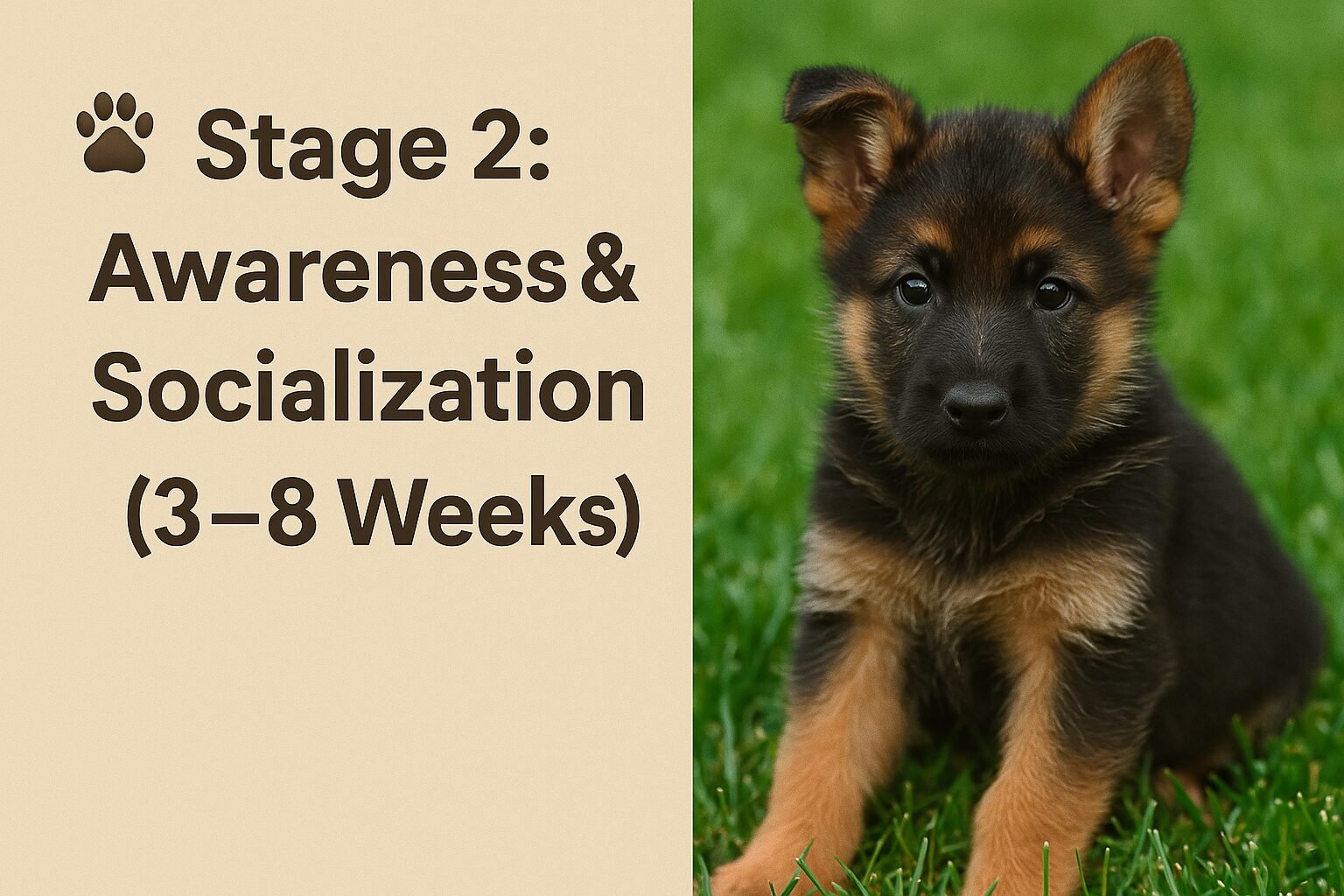
This is a golden window. Eyes and ears are open, and puppies begin learning how to walk, play, and interact.
- Introduce gentle touch and sounds
- Encourage early interaction with siblings
- Begin short playtime with humans
📌 Note: Puppies should stay with their mother until at least 8 weeks.
🧠 Stage 3: Early Puppyhood (8–16 Weeks)

This is the prime training age. By 8 weeks, your German Shepherd puppy is ready to come home and start forming life-long bonds.
What to focus on:
-
House Training: Set routines for food, water, and potty
-
Crate Training: Helps with structure and sleep
-
Basic Commands: “Sit,” “Come,” “No,” “Stay”
-
Social Exposure: Car rides, meeting gentle strangers, light parks
🦴 Diet Plan (8–16 Weeks):

- 3 meals/day
- High-quality puppy kibble + warm water
- No raw meat or bones yet
🐕🦺 Stage 4: The Juvenile Phase (4–8 Months)

The fluff starts fading, and the working dog traits kick in. You’ll notice your GSD puppy’s intelligence, independence, and focus increasing.
Key milestones:
-
Teething begins: Provide chew-safe toys
-
Longer walks: 20–30 minutes twice daily
-
Reinforce training: Add leash walking, “heel,” and “leave it”
-
Introduction to problem-solving toys
🍖 Feeding (4–6 Months):

-
2–3 meals/day
-
Add occasional boiled egg, pumpkin, and soft meats
-
Puppy-safe vitamin supplements
🐺 Stage 5: Pre-Adolescence (8–12 Months)

Here comes the teenager phase—your German Shepherd starts testing limits but also learning fast. Energy is high and obedience matters more than ever.
Increase mental stimulation
Practice longer recall and off-leash control in safe zones
Schedule basic vet screenings (hip check, growth rate)
📌 Important Vaccines (First Year Schedule)

| Age | Vaccine |
|---|---|
| 6–8 weeks | Distemper, Parvovirus |
| 10–12 weeks | DHPP, Leptospirosis |
| 14–16 weeks | Rabies |
| 12 months | DHPP booster |
Breed-Specific Supplements for German Shepherds: Age Breakdown

| Age Group | Supplement | Purpose/Benefits |
|---|---|---|
| Puppy
(8–16 Weeks) |
Probiotic Supplements | Supports gut health and digestion during the rapid growth phase. |
| Omega-3 Fatty Acids (Fish Oil) | Promotes brain development and healthy skin. | |
| Calcium & Phosphorus | Ensures proper bone growth and development. | |
| Puppy Multivitamins | Provides essential vitamins and minerals for overall health and development. | |
| Adolescent
(4–12 Months) |
Joint Supplements (Glucosamine & Chondroitin) | Helps support developing joints as the dog’s body grows. |
| Omega-3 Fatty Acids | Aids in coat health, skin, and overall inflammation management. | |
| Digestive Enzymes | Assists in maintaining a healthy digestive system as the puppy transitions into adulthood. | |
Adult(1–7 Years) |
Glucosamine & Chondroitin | Key for joint health and preventing hip dysplasia, a common concern in German Shepherds. |
| Fish Oil or Omega-3 Fatty Acids | Supports joint health, reduces inflammation, and boosts immune function. | |
| Probiotics | Supports digestion and immune health for an active lifestyle. | |
| Antioxidants ( Multivitamin)
|
Helps protect cells from oxidative stress, especially in active and aging dogs. | |
| Senior
( 7+ Years) |
Joint Support (Glucosamine & Chondroitin) | Essential for managing age-related joint issues and arthritis. |
| Coenzyme Q10 | Supports heart health and energy levels, often diminished in senior dogs. | |
| Omega-3 Fatty Acids (EPA & DHA) | Reduces inflammation and supports brain and cognitive function, which can decline with age. | |
| Antioxidants | Boosts immune system to help with aging and the decline of cellular function. | |
| Probiotics and Digestive Enzymes | Enhances digestive health, especially as senior dogs may experience slower digestion. |
Notes:
-
Glucosamine & Chondroitin are particularly important for German Shepherds due to their predisposition to hip and elbow dysplasia.
-
Omega-3 fatty acids (usually derived from fish oil) are fantastic for skin health, inflammation, and overall joint support, which is critical for this breed.
-
Probiotics help maintain healthy digestion, which is essential throughout their lives.
🛒 German Shepherd Puppy Look-After Essentials Table

Health, Hygiene & Comfort – Recommended by Experts
🐾 Final Tips for the First Year

Bond deeply – GSDs are loyal but need emotional trust
Be patient – Never hit, yell, or overcorrect
Exercise regularly – But don’t overwork growing joints
Enroll in puppy classes – Confidence booster and socializing
🐶 Closing Note

This has been Article 2 of the DogsReader German Shepherd Series.
We covered everything from early growth to foundational training and nutrition in your German Shepherd’s first year.
Stay tuned for Article 3, where we’ll explore:
👉 “Mastering German Shepherd Training: From Basic Commands to Tactical Obedience”
For more, visit www.dogsreader.com and follow us on Facebook & Instagram, “Subscribe to us on YouTube”.
💬 Got questions? Drop them in the comments—we read them all!
“German Shepherd Puppies: Growth Stages, Feeding, and First-Year Training”
DogsReader German Shepherd Series – Article 2
🧠 Frequently Asked Questions (FAQs)

German Shepherd Puppies: Growth Stages, Feeding, and First-Year Training
1. At what age do German Shepherd puppies stop growing?
German Shepherds typically reach their full height by 12 to 18 months, but they continue filling out and building muscle until 24 to 36 months, especially males. The first year, however, is where the most rapid and visible growth occurs.
2. How much should a German Shepherd puppy eat per day?
Feeding depends on age and weight:
-
2–3 months: 4 meals/day
-
4–6 months: 3 meals/day
-
6+ months: 2 meals/day
Use a high-quality large-breed puppy food, and always follow the vet’s recommendations for portion size.
3. What should I feed my German Shepherd puppy?
Choose a large-breed puppy formula that supports joint health, bone growth, and proper weight. Look for:
-
Real meat as first ingredient
-
DHA for brain development
-
Balanced calcium-phosphorus ratio
Avoid generic kibble or homemade diets unless guided by a vet.
4. When should I start training my German Shepherd puppy?
Start basic training as early as 8 weeks old. Use simple commands like sit, stay, and come. Focus on positive reinforcement, socialization, and gentle leash walking. Formal obedience classes are ideal around 12–16 weeks.
5. How much exercise does a German Shepherd puppy need?
Use the 5-minute rule per month of age, up to twice daily.
Example: A 4-month-old pup = 20 mins x 2 sessions.
Avoid intense jumping or stair running during early months to protect developing joints.
6. When do German Shepherd puppies get their adult coat?
German Shepherd puppies start shedding their fluffy coat at around 4 to 6 months, and their adult double coat starts forming. Regular brushing from a young age helps reduce shedding and builds bonding.
7. How often should I take my German Shepherd puppy to the vet?
Vet visits are crucial in the first year:
-
Initial puppy checkup: 6–8 weeks
-
Vaccine boosters: every 3–4 weeks until 16 weeks
-
Deworming and parasite checks
-
Spaying/neutering consultation after 6 months
8. When should I crate train my German Shepherd puppy?
Start crate training between 8–10 weeks. Use it for short naps and sleeping overnight. Never use the crate as punishment. Crate training builds independence and helps with housebreaking.
9. What are some common behavioral challenges with GSD puppies?
-
Mouthing and biting
-
Jumping
-
Whining or separation anxiety
-
Chewing everything!
These are normal puppy behaviors. Provide chew toys, redirect, and stay consistent with training and social exposure.
10. So, when should I switch my German Shepherd from puppy food to adult food?
Switch to adult food between 12 to 15 months, depending on size, growth, and vet advice. Transition slowly over 7–10 days to avoid upset stomachs.

Working Breeds
German Shepherd Unleashed: The Ultimate Guide to the World’s Most Versatile Dog

Introduction: More Than Just a Dog

🐾 German Shepherd Series – Article 1

German Shepherd Unleashed: The German Shepherd is not just a breed—it’s a legend. Whether it’s guarding homes, leading military missions, assisting the disabled, or starring in Hollywood films, the German Shepherd wears many hats. With a brilliant mind, noble stature, and unwavering loyalty, this breed is considered the gold standard among working dogs. In this all-encompassing guide, we’ll explore everything there is to know about this remarkable breed.
The Birth of a Legend: History and Origin
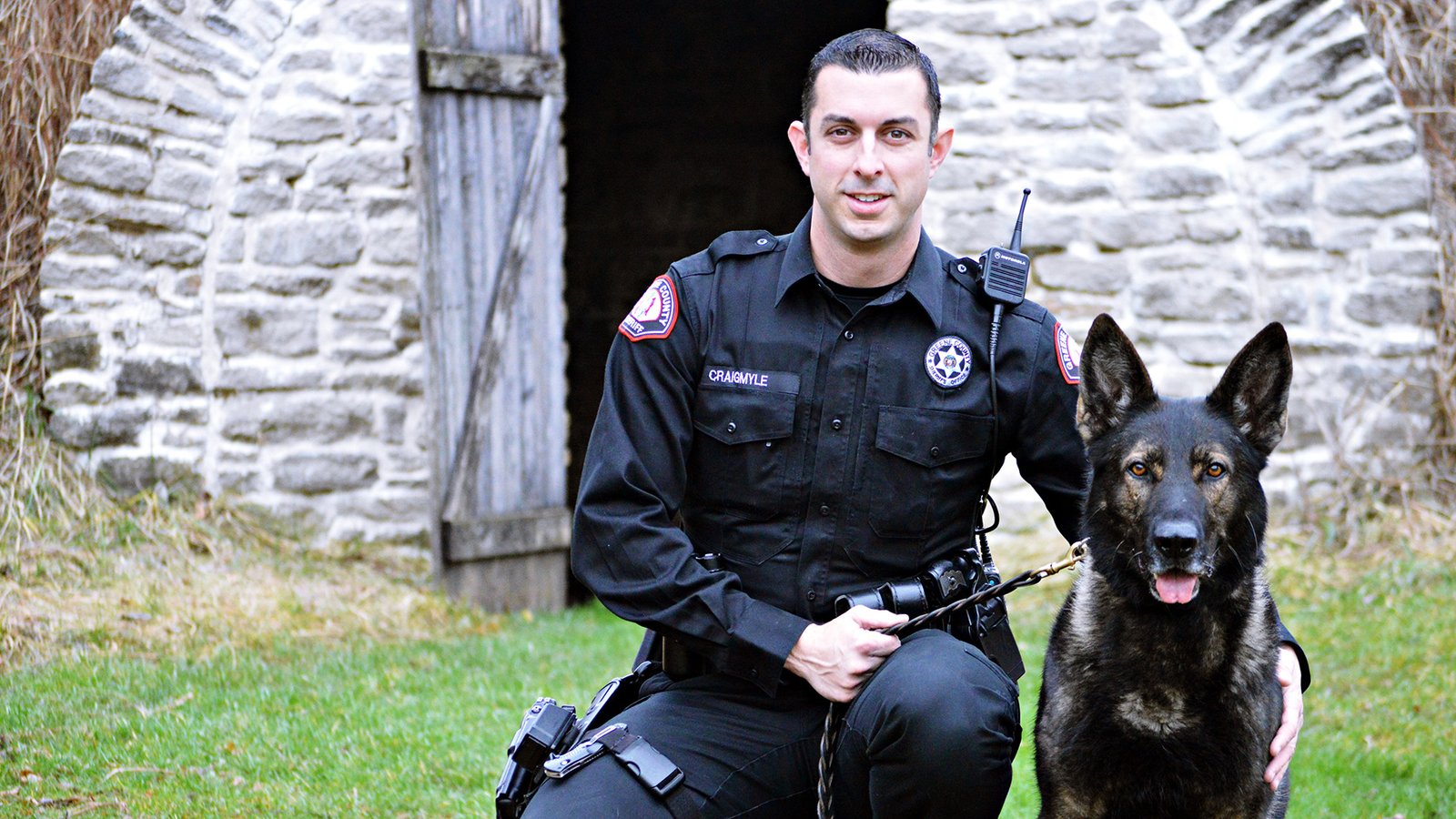
The German Shepherd was developed in the late 19th century by Captain Max von Stephanitz in Germany. Originally bred for herding and guarding sheep, von Stephanitz believed a dog’s value should lie in its utility and intelligence, not just its appearance. He found his ideal specimen in a dog named Horand von Grafrath, who became the first officially registered German Shepherd.
As industrialization reduced the need for herding dogs, von Stephanitz pushed for the breed’s use in police, military, and protection roles. The German Shepherd’s intelligence, trainability, and strong work ethic made it a natural fit.
By the early 20th century, German Shepherds were gaining worldwide fame, especially after their appearances in films like Rin Tin Tin and Strongheart. Despite anti-German sentiments during World Wars, the breed retained global admiration, sometimes marketed as the “Alsatian” in parts of Europe.
Breed Standard and Physical Traits

Height:
-
Males: 24–26 inches
-
Females: 22–24 inches
Weight:
-
Males: 65–90 lbs
-
Females: 50–70 lbs
Coat:
Double coat, dense and weather-resistant. Can be medium or long.
Common Colors of German Shepherd
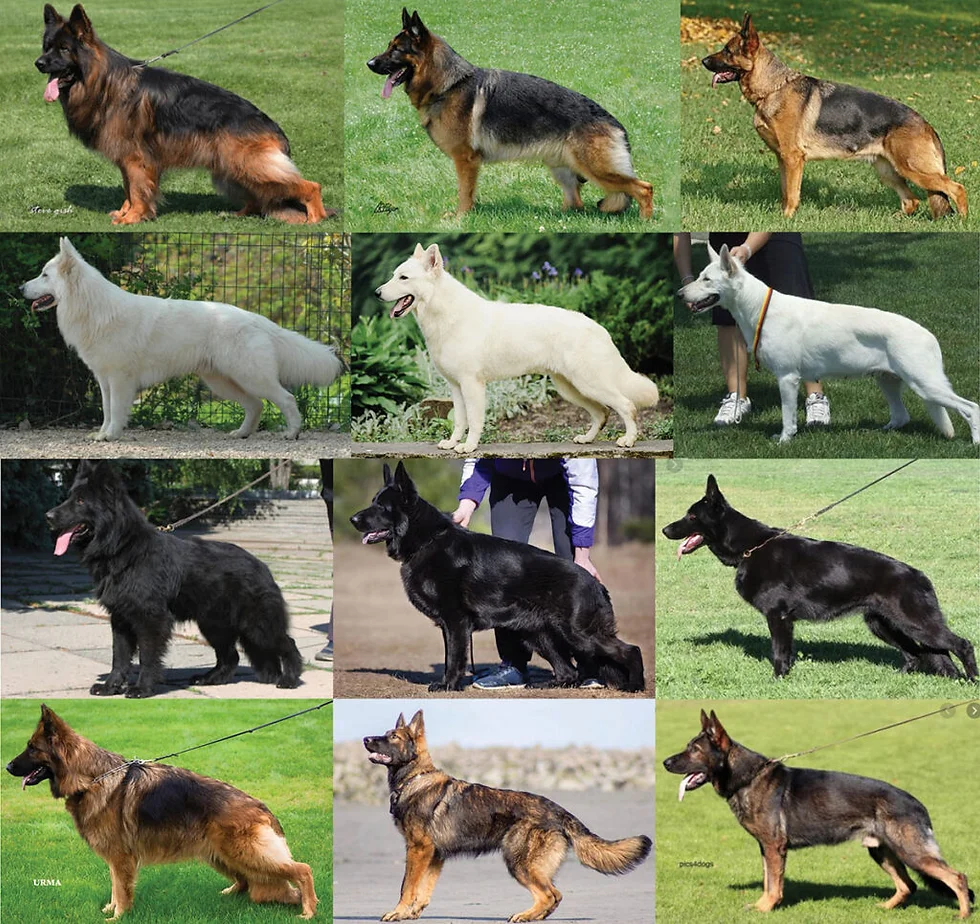
-
Black and tan (classic)
-
Black and red
-
Sable
-
Solid black
-
Bi-color
-
White (not accepted in all standards)
Build:
Athletic, muscular, and well-proportioned with a noble, alert posture.
Breed Standard Note:
The German Shepherd should display confidence, courage, and a willingness to serve. Movement should be smooth and effortless with strong rear propulsion.
Temperament: Loyalty Woven with Intelligence

The German Shepherd is highly intelligent, confident, courageous, and deeply loyal. They are:
-
Protective without being aggressive
-
Alert and responsive
-
Obedient and eager to work
-
Emotionally intuitive and affectionate with family
They require early socialization and firm, consistent training to thrive.
Abilities and Capacities: Built to Serve

German Shepherds are canine multitools, capable of excelling in roles that demand intelligence, strength, and agility:
1. Police & Military Work
Used worldwide in bomb detection, search-and-rescue, and tactical support.
2. Service Dogs
Highly dependable for guiding the visually impaired, alerting diabetics, and supporting PTSD patients.
3. Protection and Guarding
Exceptional at property protection and personal defense without being overly aggressive.
4. Search & Rescue
Their endurance and keen nose make them elite SAR dogs in natural disasters and crises.
5. Competitive Sports
Excel in agility, Schutzhund, obedience, herding, and tracking trials.
6. Acting & Media
From Rin Tin Tin to modern film roles, they shine on camera with expressive behavior and discipline.
Intelligence and Trainability

Ranked – 3 in intelligence by Dr. Stanley Coren, German Shepherds can learn new commands in less than five repetitions. Their ability to understand human emotion and solve problems makes them ideal in dynamic working environments.
Best Training Methods:
-
Positive reinforcement
-
Consistent routines
-
Mental challenges and puzzles
-
Early socialization
-
Purpose-driven exercises (they love having a job!)
Exercise and Mental Stimulation Needs
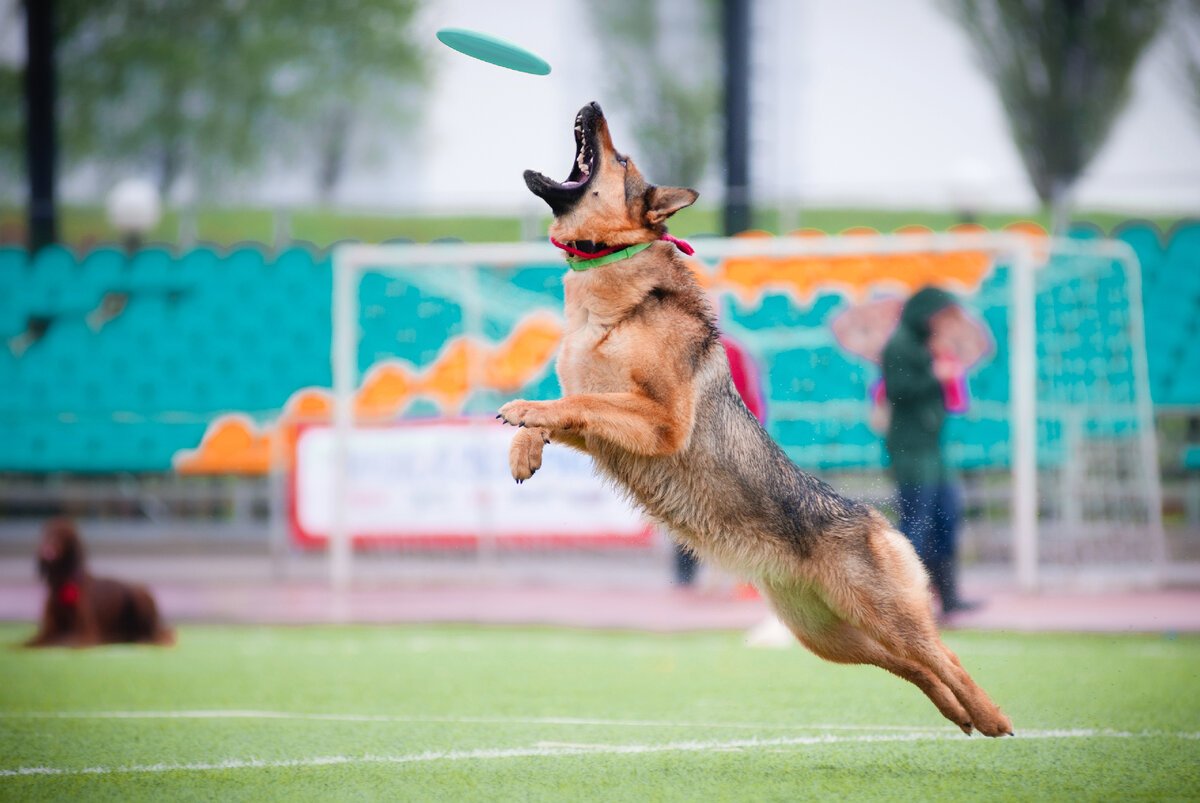
Daily Requirements:
-
1.5 to 2 hours of exercise
-
Mental games like hide-and-seek or scent work
-
Agility training or advanced obedience drills
Without proper outlets, boredom can lead to behavioral issues such as chewing, barking, or digging.
Health and Lifespan
Average Lifespan: 9–13 years
Common Health Issues:
-
Hip & elbow dysplasia
-
Degenerative Myelopathy
-
Gastric Dilatation-Volvulus (bloat)
-
Allergies and skin issues
-
Epilepsy
Preventive Care Tips:
-
Regular vet checkups
-
Maintain healthy weight
-
Joint supplements (glucosamine, chondroitin)
-
Avoid over-exercising during puppy growth stages
Feeding and Nutrition

Ideal Diet:
-
High-protein, moderate-fat content
-
Joint-supporting nutrients (omega-3s, turmeric, bone broth)
-
Fresh veggies, lean meats, and fortified kibble
Avoid feeding too many grains or fillers. Puppies need calcium for proper bone growth, but excess should be avoided.
Grooming Needs

-
Brushing: 3–4 times/week (daily during shedding)
-
Bathing: Every 6–8 weeks
-
Nail trimming: Monthly
-
Ear cleaning: Weekly
-
Shedding Level: High—this breed is often called the “German Shedder”
German Shepherd with Families

They are wonderful family companions when raised with proper training and socialization. They’re loyal, protective, and bond deeply with children. Early exposure to various sights, sounds, people, and animals is key to developing a well-rounded GSD.
Who Should Own a German Shepherd?
Ideal for:
-
Active individuals or families
-
Experienced dog owners
-
People interested in dog sports, protection, or service roles
Not ideal for:
-
Sedentary households
-
First-time dog owners without training commitment
-
Owners with limited time for exercise and stimulation
Fun Facts You May Not Know
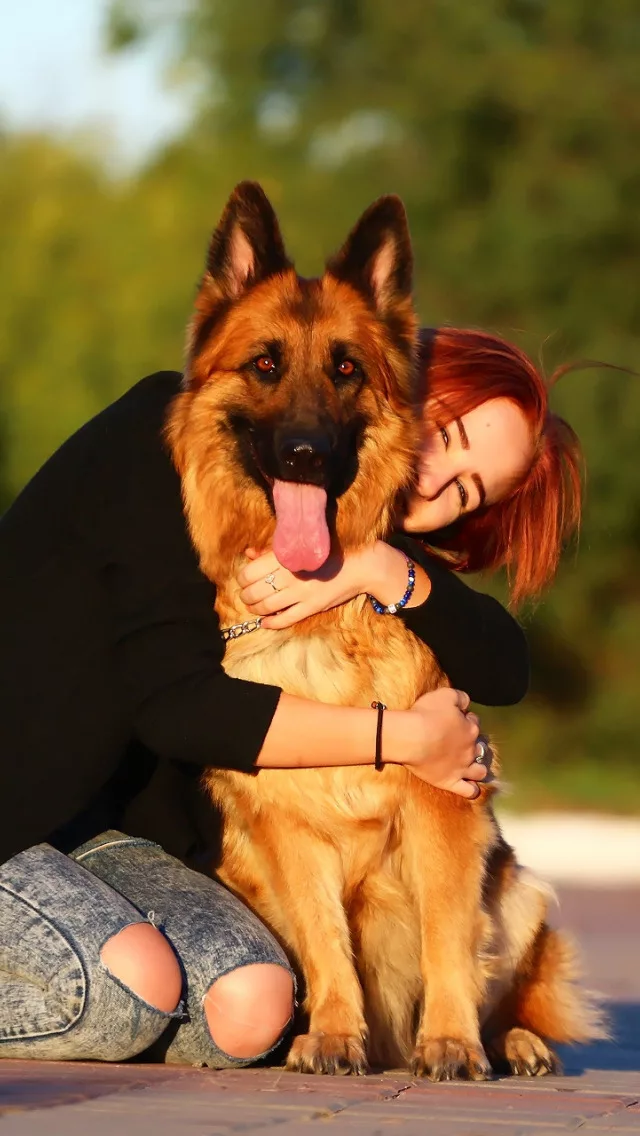
-
A German Shepherd named Filax of Lewanno was honored in WWI for leading 54 wounded soldiers to safety.
-
German Shepherds are trained in over 10 different languages worldwide.
-
President John F. Kennedy had a GSD named Clipper.
-
They can remember commands and tasks for year seven after not performing them for a long time.
Closing Statement : The Dog That Can Do It All

From the sheep pastures of 19th-century Germany to the front lines of modern police forces, the German Shepherd has proven itself time and again as the most versatile, intelligent, and loyal dog breed in the world. Whether you’re a potential owner, a dog enthusiast, or someone fascinated by canine abilities, the German Shepherd deserves your admiration.
If you’ve read this far, you now know everything you need to about this extraordinary breed. And if you’re still considering bringing one into your life a know that you’ll be gaining not just a pet, but a true partner.
Want more dog wisdom? Follow DogsReader on Facebook and Instagram. Visit www.dogsreader.com for expert care, breed encyclopedias, training guides, and real stories from dog lovers around the globe.
❓ Frequently Asked Questions
German Shepherd Unleashed: The Ultimate Guide to the World’s Most Versatile Dog
1. Are German Shepherds good for first-time dog owners?
Yes, but only if you’re committed to training, exercise, and consistent leadership. GSDs are intelligent and loyal, but they require structure and mental stimulation.
2. How much exercise does a German Shepherd need daily?
An adult German Shepherd needs at least 60–90 minutes of physical activity daily, including walks, fetch, agility, or structured play. Mental exercise is equally important.
3. Are German Shepherds aggressive?
Not inherently. With proper socialization and training, German Shepherds are confident, composed, and loyal. Poor handling or neglect can lead to aggression, as with any breed.
4. How long do German Shepherds live?
The average lifespan is 9 to 13 years, depending on genetics, diet, exercise, and healthcare. Some healthy GSDs live even longer with proper care.
5. Do German Shepherds shed a lot?
Yes—GSDs are heavy shedders year-round, with even more intense shedding during spring and fall. Weekly brushing (or more) is essential to manage loose fur.
6. Are German Shepherds good with children?
Yes, when raised and trained properly. They are protective, gentle, and form strong bonds with kids. Early socialization is key to building a safe family environment.
7. Can German Shepherds live in apartments?
Yes, if they get enough exercise and mental engagement. However, a home with a yard is more ideal. Apartment living requires daily activity and commitment.
8. What’s the difference between a Working Line and a Show Line German Shepherd?
-
Working Line: Higher energy, drive, and endurance; used in police, military, and protection work.
-
Show Line: Heavier build, sloped back, calmer temperament; bred for conformation and companionship.
9. What health problems are common in German Shepherds?
-
Hip and elbow dysplasia
-
Degenerative Myelopathy
-
EPI (Exocrine Pancreatic Insufficiency)
- Bloat (Gastric Dilatation Volvulus)
- Regular vet checks and responsible breeding can minimize risks.
10. How do I find a reputable German Shepherd breeder?
Look for breeders who:
Provide health clearances
Allow home visits
Focus on temperament and structure
Don’t rush the sale
Avoid puppy mills or sellers with no transparency.
-

 SMALL DOG BREEDS4 months ago
SMALL DOG BREEDS4 months agoMerle Chihuahua: A Comprehensive Guide
-

 SMALL DOG BREEDS4 months ago
SMALL DOG BREEDS4 months agoMaltese: A Beloved Companion
-

 Large Breeds4 months ago
Large Breeds4 months agoSamoyeds Hypoallergenic: Closer Look at the Breed
-
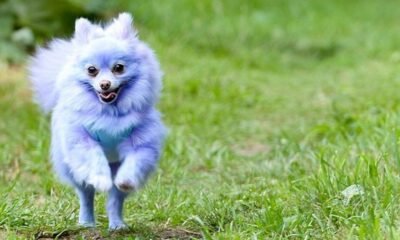
 SMALL DOG BREEDS4 months ago
SMALL DOG BREEDS4 months agoMerle Pomeranian: A Adorable Companion
-

 Large Breeds4 months ago
Large Breeds4 months agoStandard Poodle Weight: Country Wise
-

 SMALL DOG BREEDS4 months ago
SMALL DOG BREEDS4 months agoYorkshire Terrier: a Big Personality
-

 MEDIUM BREEDS4 months ago
MEDIUM BREEDS4 months agoAmerican Water Spaniel Colors Chocolate In Crcols:
-

 Terrier Breeds3 months ago
Terrier Breeds3 months agoDog Breeds: by Country & Category





